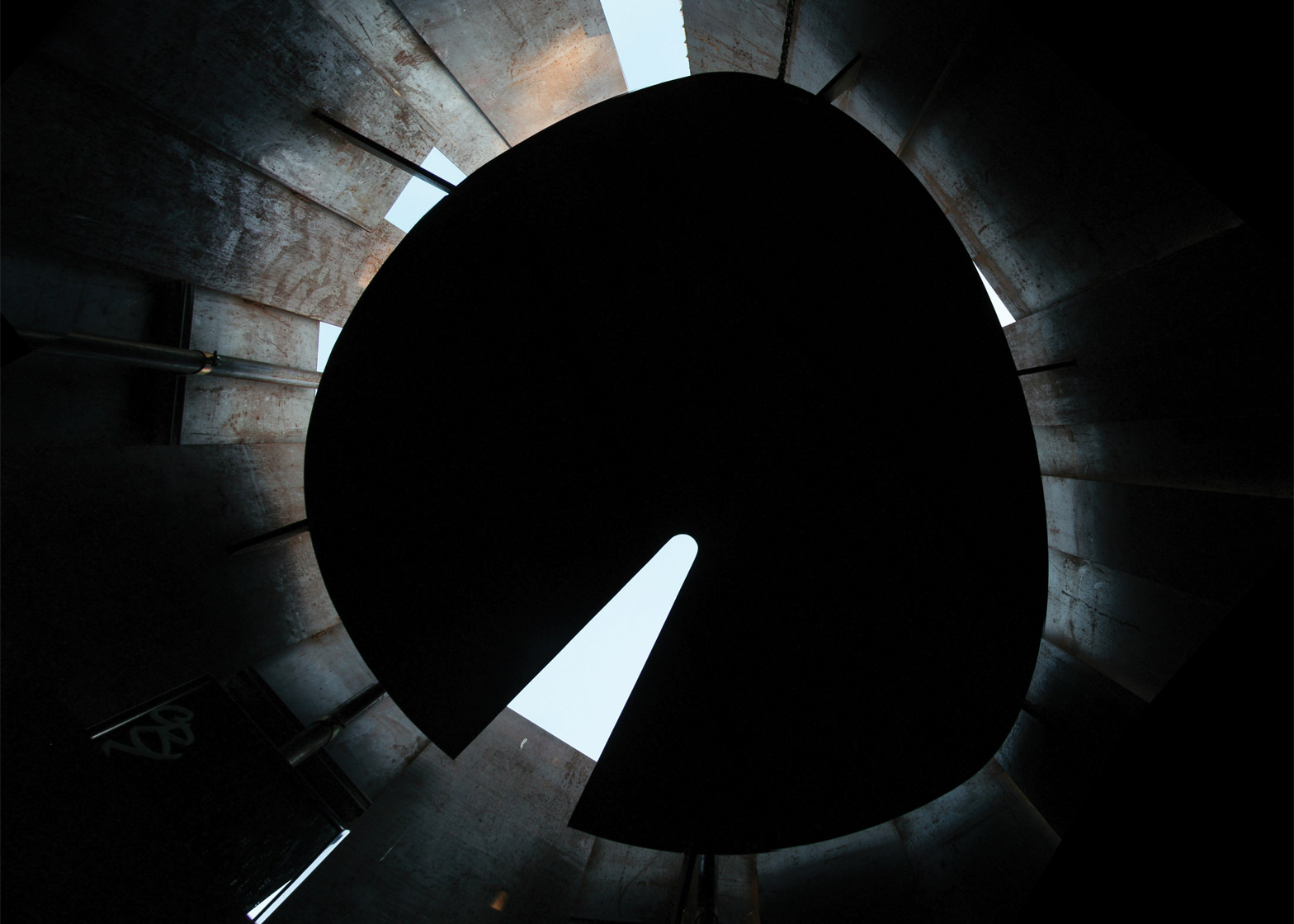Pre-rusted steel plates are arranged in a spiral to form the walls of this public toilet created by Miro Rivera Architects in a park in Austin, Texas (+ slideshow).
The Trail Restroom is the first new public toilet built in 30 years on the Lady Bird Lake Hike and Bike Trail, a public park that follows the banks of the Colorado River in the south of the city.
Austin-based Miro River Architects wanted the structure to sit comfortably in the parkland. This led the firm to choose Corten – a weathering steel with a natural patina – for the exterior walls.
It is a material that is often selected in landscape settings, with other recent examples including a set of bird-watching structures in Toronto and a forest home in South Korea.
By embedding 49 different panels into the ground, the team has created a spiralling plan that encloses a toilet cubicle, but also frames an outdoor area for hand washing.
Each panel is two centimetres thick, but they vary in height to create an irregular profile.
"The Trail Restroom was conceived as a sculpture in a park, a dynamic object along the active trails," explained the firm, which is led by architects Juan Miró and Miguel Rivera.
"The panels are arranged along a spine that coils at one end to form the restroom walls," it added. "The plates are staggered in plan to control views and to allow for the penetration of light and fresh air."
Completed in 2007, the project was backed by the Town Lake Trail Foundation, a non-profit community organisation set up to preserve the park. A tribute to the foundation and all of the funding donors is etched into surface of one of the panels.
Other details include orange lettering and symbols, which signal the building's use as a toilet.
A steel door folds back to provide access to the unisex cubicle, including for wheelchair users. Inside, visitors get a first glimpse of the roof, which is shaped like a lily pad.
Plumbing fixtures are made from heavy-duty stainless steel to avoid wear and tear. But there is no artificial light or mechanical ventilation, keeping the running costs of the facility to a minimum.
Photography is by Paul Bardagjy and Paul Finkel.








